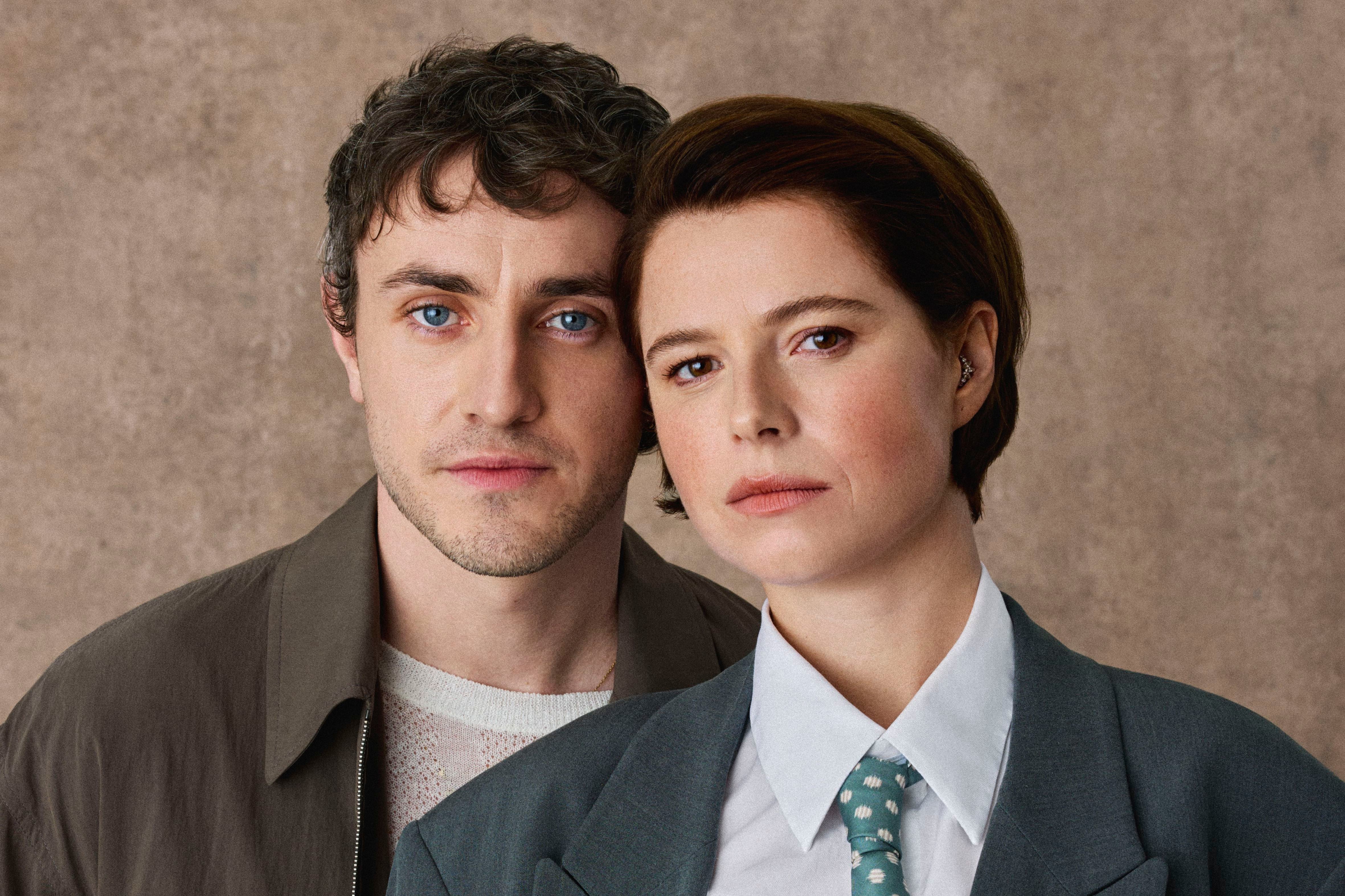Strategy documents are easily derided as nothing more than corporate blah, blah, blah. RTÉ's 2018-2022 strategy promised to “reimagine RTÉ for the next generation” by “radically restructuring” the organisation. We all know that didn’t happen. The strategy outlined by director general Kevin Bakhurst last Tuesday has the merit of substantiating the rhetoric with timelines, metrics and rationales that reference external reports and consultations. Ultimately, it bats the ball back to the Government, which has yet to explain its intentions for RTÉ funding.
Bakhurst’s vision is for RTÉ to become a primarily digital platform rather than a broadcaster that puts content online. Most coverage focused on the fate of Fair City and The Late Late Show. This is unsurprising given that the strategy provided few other revelations. Its broad contours – digitalisation, decentralisation, outsourcing – were first outlined last November.
Change at RTÉ is inevitable and necessary. Nostalgia for the days when important issues were thrashed out on the Late Late or integrated in to Fair City plot lines is misplaced. The heyday of soap operas and chatshows is over. That doesn’t mean those programmes are irrelevant, but they are not culturally defining any more. RTÉ’s future is dependent on meeting people’s needs through relevant cultural formats.
There are promising signs in the strategy, including a commitment to increase children’s content and make it available in an ad-free, online space. RTÉ has a proud history of delivering excellent children’s television, but consumption habits have changed. According to Ofcom, the UK media regulator, one quarter of British 5-7 year olds have smartphones and 48 per cent have profiles on platforms such as YouTube. Although comparable Irish figures are lacking, this is the reality of digital media trends. Providing a non-commercial alternative to YouTube that is curated specifically for children in Ireland epitomises how RTÉ can provide a digital public service.
READ MORE
Digitalisation does not require complete reinvention. It’s about translating the public-service ethos and broadcasting expertise into new formats. RTÉ has a wealth of radio experience, for example, which covers news, documentary, drama and the arts. These are all genres that have gained international prominence in the age of podcasting. It is reasonable to hope that the planned audio unit operating out of Cork will capitalise on this interest and experience.
For all the positives in content, the strategy is underpinned by more of the same in an important sense. The crisis that engulfed RTÉ last June was a crisis driven by commercial interests. Under the new strategy, those commercial interests will grow while the public sector side of RTÉ will be “streamlined” with “efficient workflows”. The 20 per cent reduction in staff is vaguely described as gaining “a new skills profile”. It would be instructive to know what kind of skills are envisaged here. Presumably many are tied to the “ambitious plans for commercial revenue generation” and the planned 60 per cent increase in spending on commissions from the private sector.
The prospect of an even more influential private sector needs to be understood clearly. Critiquing the shift to privatisation is not an attack on private production, which consistently delivers great content, from documentaries such as Birdsong to award-winning animations such as Alva’s World. But the transformation of a public body from one that produces content to one that commissions content is a significant change, which raises important questions about commissioning oversight and the indirect funding of private companies with public money. In a small media market such as Ireland’s, it is not hard to imagine how this scenario could end up in front of an Oireachtas committee in years to come.
And, as the unions rightly argue, there are employment consequences. Too often debates about media funding are overly focused on the financial status of media companies rather than the viability of media careers. Journalists, writers, editors, actors and many more need decent salaries and career prospects. Public service media typically provide this stability. When they fail to do so, as RTÉ has done with bogus self-employment, they are justifiably criticised.
Increased privatisation of RTÉ means greater precarity in the whole sector. That has implications for the diversity of the workforce. Most media have a poor record of hiring people from working-class backgrounds. Women also struggle in precarious sectors. While the RTÉ strategy includes a commitment to embed “good practice on diversity and inclusion”, stable employment is the best pathway to increased diversity.
[ Fair City bears the brunt as RTÉ shrinks for its ‘third age’Opens in new window ]
Is RTÉ a bloated organisation? Probably. In a more competitive media market, people would naturally leave RTÉ for positions in other organisations, creating space for new staff with a different profile. This is a challenge, but the answer isn’t to increase precarity for media workers. A strong public sector is good for the whole media workforce.
Kevin Bakhurst and the current RTÉ board did not invent these issues. The public-private tension is baked into RTÉ by design and reinforced by vested interests and government neglect. There is still no sign of a Government decision on funding.
Minister for Public Expenditure Paschal Donohoe opposes direct exchequer funding because money spent on RTÉ “is money that will not be available to use ... on social welfare [or] on childcare”. He favours retaining the licence fee because it does raise some money. That financial logic is a death knell for RTÉ because the licence fee is completely outdated.
At a time when national identity and politics are fracturing, there is an urgent need to defend those aspects of Irish life that are carved out to address us as a public. RTÉ is the only media outlet with a legal remit to serve all segments of the population. In that, it is simply not comparable to other media and it is not a frivolous cost. It operates on a par to public libraries, public parks, and public playgrounds.
RTÉ has presented a clear plan. Now it is the Government’s turn.
Dr Eileen Culloty is an assistant professor at the DCU School of Communications and Institute for Media, Democracy, and Society
- Listen to our Inside Politics Podcast for the latest analysis and chat
- Sign up for push alerts and have the best news, analysis and comment delivered directly to your phone
- Find The Irish Times on WhatsApp and stay up to date











